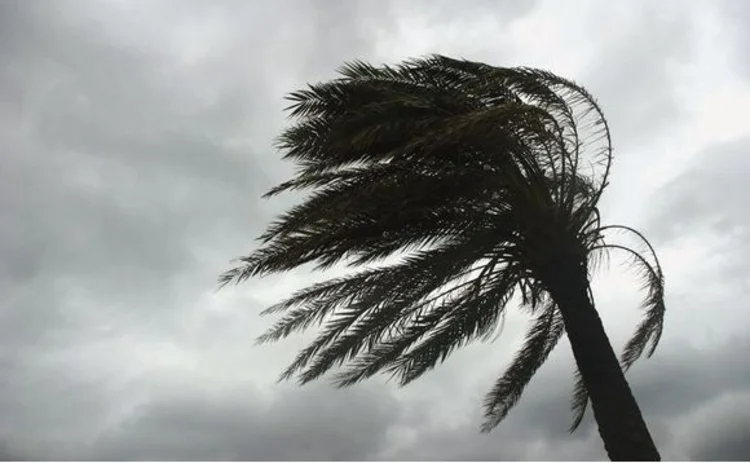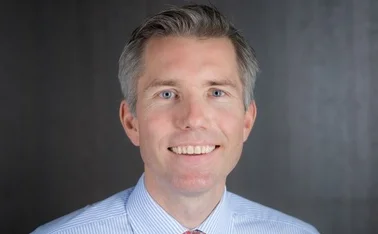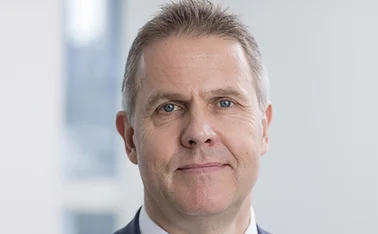
Making effective models

Mairi Mallon examines the effectiveness of catastrophe modeling with current efforts falling well short in cases such as Hurricaine Ike.
Hurricane Ike threw the effectiveness of catastrophe modeling into clear relief once again. As had happened with other large losses, such as the events of 11 September, 2001 and Hurricanes Katrina, Rita and Wilma, questions were asked about how the losses incurred as a result of Ike were so much higher than models had predicted.
Ike had been seen as a mild storm, which initially was seen as a fairly minor event. Yet as time went on, claims grew greatly and the magnitude of the destruction became clear.
Robert Caton, head of risk modeling at Hiscox, says: "The initial findings in what went wrong with Hurricane Ike was that poor construction quality was important, so properties were being significantly damaged in what were thought to be relatively slow wind speeds of less than 70mph; the models don't anticipate much loss for that sort of wind speed."
Caton adds: "This raises all sorts of questions, not just for Houston and Texas: is that level of construction typical of Texas, or of the Gulf region, or everywhere outside Florida? If it is typical outside Florida then the models could be underestimating risk quite significantly."
Frustration
John Tedeschi, chief of global catastrophe modeling at Guy Carpenter, says that Ike was a major issue for insurers and the models that they use: "The primary issue is frustration: many insurers are having trouble trusting their models after having spent more than half a year revising their Hurricane Ike estimates upward.
"This isn't entirely fair because models should only contribute to a broader risk management effort. To go beyond this situation, insurers need to reconsider how they use cat models in deciding which risks to cover and where to put their capital. Together, model results and risk managers' judgements are powerful; one without the other, though, opens the doors to disproportionate risk."
One of the main issues is that the models will not be changed overnight; catastrophe risk already written this year may have been done on erroneous models. Caton remarks: "The learning from this is unlikely to appear in a catastrophe model until 2011, so it will be two years before we have models to represent what we have learnt from Hurricane Ike."
Caton also notes that the whole purpose of catastrophe modeling is to inform decisions on a day-to-day basis, from those that affect pricing risk and risk selection to strategy regarding what markets and regions to expand and contract in. It also affects decisions on the most efficient use of capital - decisions that, as with the catastrophe risk that has been written already this year, will have to be made using existing models. Caton highlights: "Each company is going to have to learn what it can from the hurricane and develop mechanisms to allow them to propagate that learning throughout all their pricing and portfolio management, which is a pretty significant task with an enormous amount of complexity that requires very careful communications."
Tom Mount of A. M. Best's property-casualty rating division said that lessons had been learned every time there was a major event that did not show the real extent of risks. "After Katrina, Rita and Wilma, there was a lot of finger pointing going on," comments Mount. "The companies were pointing at the modeling firms and the modeling firms were pointing back at the companies, claiming that they had poor data quality."
Since then, data quality has improved every year; it is a joint effort by the companies and the modeling firms.
Mount continues: "The modeling companies have designed things that can help the company analyse the quality of data, or certainly improve the quality of data, when it comes to geo-coding the locations. They have software that helps: if a company is missing a street address, it will help to look up those locations and give street locations. If the data gives weird answers, like an address with 999 levels, or homes with 15 floors or 10,000 sq ft, it singles them out and they can be checked."
Dr Jayanta Guin, senior vice-president for research and modeling at AIR Worldwide, believes that catastrophe modeling has improved greatly since it started in the mid-1980s. The devastation caused by Hurricane Andrew in 1992 pushed insurers increasingly into using models and, in the past decade, they have become part of the day-to-day risk assessment tools used by insurers and reinsurers to evaluate, manage and price catastrophe risk.
Integrated thinking
"It is now very common not only to understand the strong winds in a tropical cyclone but also its precipitation, so the level of detail is much greater," says Guin. "The models try to resolve much higher resolutions and there is broader coverage of models available. Today, we have cat modeling for more than 50 countries globally and, over the next four to five years, we will add many more countries and perils as well, including earthquake, tropical cyclones, extra-tropical cyclones and floods."
Tedeschi says that successful cat modeling requires integrated thinking. He notes that cedents need to consider the models best equipped to a particular peril or region and, by using more than one model, they can prevent gaps that could impede effective cover. He continues: "Then, cedents should think beyond the cat models. Consider how cat model output can be used with other proprietary models to generate further intelligence that can be used to push margins wider. Every model run should feed a greater risk management context with the ultimate goal of increasing market cap. Brokers can use their access to a multitude of models - and their objective assessment of models' respective strengths and weaknesses - to help clients make effective risk management decisions."
Only users who have a paid subscription or are part of a corporate subscription are able to print or copy content.
To access these options, along with all other subscription benefits, please contact info@postonline.co.uk or view our subscription options here: http://subscriptions.postonline.co.uk/subscribe
You are currently unable to print this content. Please contact info@postonline.co.uk to find out more.
You are currently unable to copy this content. Please contact info@postonline.co.uk to find out more.
Copyright Infopro Digital Limited. All rights reserved.
You may share this content using our article tools. Printing this content is for the sole use of the Authorised User (named subscriber), as outlined in our terms and conditions - https://www.infopro-insight.com/terms-conditions/insight-subscriptions/
If you would like to purchase additional rights please email info@postonline.co.uk
Copyright Infopro Digital Limited. All rights reserved.
You may share this content using our article tools. Copying this content is for the sole use of the Authorised User (named subscriber), as outlined in our terms and conditions - https://www.infopro-insight.com/terms-conditions/insight-subscriptions/
If you would like to purchase additional rights please email info@postonline.co.uk
Most read
- Aviva CEO warns home insurance premiums need to go up
- Integration and restructuring costs push RSA to 2023 loss
- Which urges FCA to take action on premium finance following investigation







